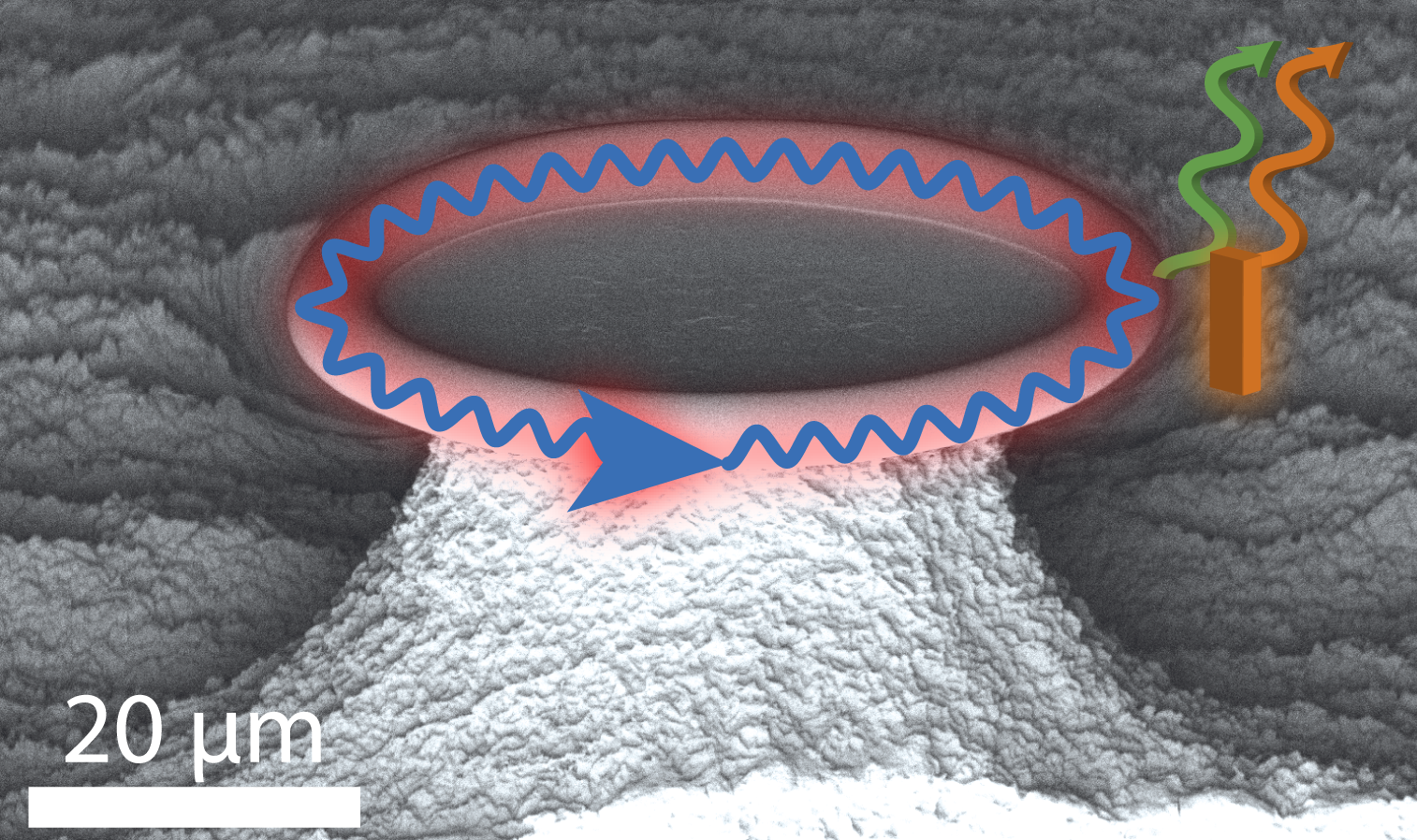The influence of a small perturbation on a cavity mode plays an important role in fields like optical sensing, cavity quantum electrodynamics, and cavity optomechanics. Typically, the resulting cavity frequency shift directly relates to the polarizability of the perturbation. In a recent PRL published with the group of Verhagen at AMOLF, we demonstrate that particles perturbing a radiating cavity can induce strong frequency shifts that are opposite to, and even exceed, the effects based on the particles’ polarizability. A full electrodynamic theory reveals that these anomalous results rely on a nontrivial phase relation between cavity and nanoparticle radiation, allowing backaction via the radiation continuum. In addition, an intuitive model based on coupled mode theory is presented that relates the phenomenon to retardation. Because of the ubiquity of dissipation, we expect these findings to benefit the understanding and engineering of a wide class of systems.
| [80] | F. Ruesink, H. M. Doeleman, R. Hendrikx, A. F. Koenderink, and E. Verhagen, Perturbing Open Cavities: Anomalous Resonance Frequency Shifts in a Hybrid Cavity-Nanoantenna System, Phys. Rev. Lett. 115, 203904, (2015). | (p)reprint DOI |
